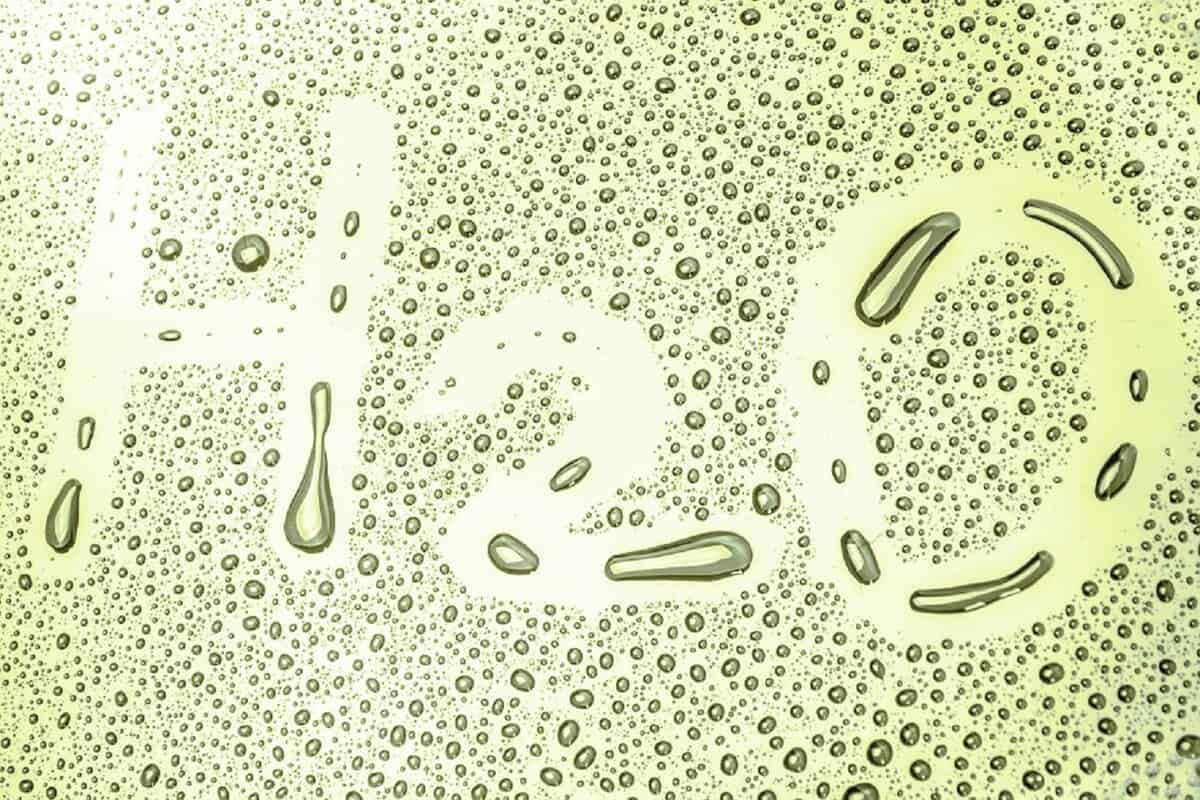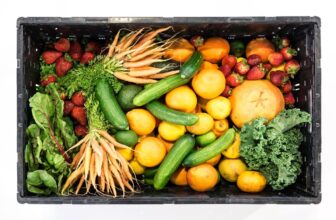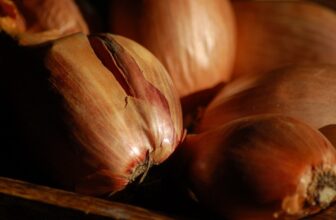
In case of crisis or emergencies, such as war, storms, different accidents, explosions, etc., your usual water supply may be destroyed or affected by hazardous contaminants. In this situation, it is recommended to use only water that is sealed in bottles or containers. Otherwise, you have to boil or disinfected it until the situation normalizes again.
When disaster strikes
When disaster hits, the security of the usual water sources is frequently endangered. In most cases, water should be boiled or chemically processed to become safe for usage.
For particular instructions on using water during a crisis in your location, contact your local authorities. Such information is typically delivered via radio, television, and social networking. In the case of a lost Internet connection, some printed materials can be used.
One must be very cautious, in case of using water from rivers, wells, or other reservoirs. If in doubt, water should be subjected to disinfection prior to drinking.
Basic rules
- Try to use only sealed water from bottles or containers.
- If you don’t have sealed water, you have to boil it.
- If the water has debris or other particles, filter it through any clean cloth, or filter for liquids.
- Water should be kept in a clean container with a safety lid.
- A little quantity of salt can make boiled water taste better.
Additional tips
Try to find different sources of water in the area. It is possible to utilize rainwater. Also, lakes and springs can be the sources, but only if there is no risk of radiation or other chemical pollution. Melting snow or some ice can be a way out as well.
More ways of water purification
Bleach and iodine
Use usual laundry bleach without additional scents. Check the manufacturer’s instructions for the amount of chlorine in the product to figure out the quantity of chlorine to add.
Add the bleach to the water (drops are counted according to the quantity of chlorine in the product: 1percent – 10 to 20 drops, 4-6 percent – 2-4 drops, 7-10 percent – 1-2 drops) and swirl it vigorously.
Let the water settle for half an hour. Upon sniffing you have to feel a slight odor of chlorine from the water.
In the case of iodine, add five drops of a 2% spirit iodine solution per liter. Add 10 drops of iodine in case of cloudy water. Swirl it and set it aside for at least half an hour.
Special tablets that contain these elements can also purify water. They can be bought in tourist shops or drugstores.
Filters
Filters, though very important in the process of water purification, in fact, do not clean the water completely. Microorganisms and certain microbes can be removed by most filters, but viruses can’t.
Large pollutants like sand, or leaves can also be removed in the process of filtration. Even if you plan to boil or sterilize the water, it should be prior filtered if it is cloudy or has floating particles.
Decontamination
Disinfection is very important since it allows you to eliminate any organisms that can cause sickness.
Water purification
The chemical substances or ultraviolet rays are ways to get rid of viruses and other harmful bacteria during water disinfection. Different parameters such as pH balance, temperature, or turbidity influence the outcome of these methods of water purification.
Chemicals
The other widespread ways of purifying water are chemically produced drops or tablets. Iodine and chlorine are the most often used disinfectants, as previously stated. For chemical disinfection, it is very important to follow the recommendations cautiously. If the water is cloudy or contains debris, pre-filter it before disinfection for the best effect.
Distillation of water by the sun
Purify water by solar distillation. Using this method, you can get rid of heavy metals, pathogens, salts, and even radiation. To do this, stretch a transparent film over a vessel with water. Under the action of the sun and temperature differences, purified water condensate will collect on the film. Carefully direct the condensate to a clean vessel.
SODIS
SODIS is an abbreviation for solar water disinfection, and if done properly, it is a possible method for destroying pathogens in water. Fill a clear plastic bottle with water. Screw the lid on and place the bottle in direct sunlight for six hours to kill bacteria and viruses.
This method works because plastic retains heat from the sun inside the bottle and UVA rays pasteurize water.
Freezing
Freeze water in a half-full plastic bottle. When the ice forms, all bacteria will be inside the ice, and the water outside will remain relatively clean.
We’ve tried and explored the most widespread types of water cleaning in case of crisis or disaster. Stay tuned by reading our articles, product reviews, and recommendations.




